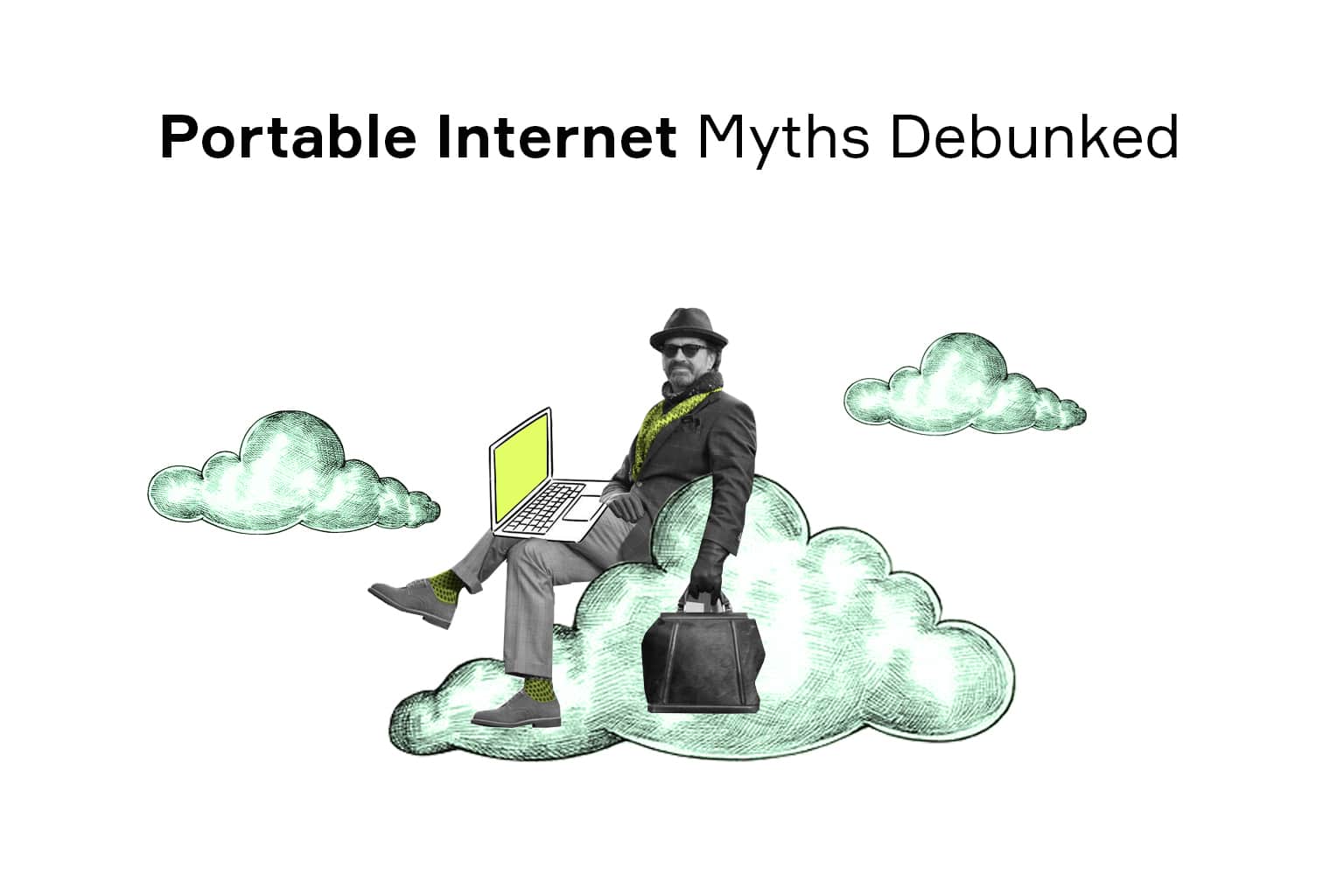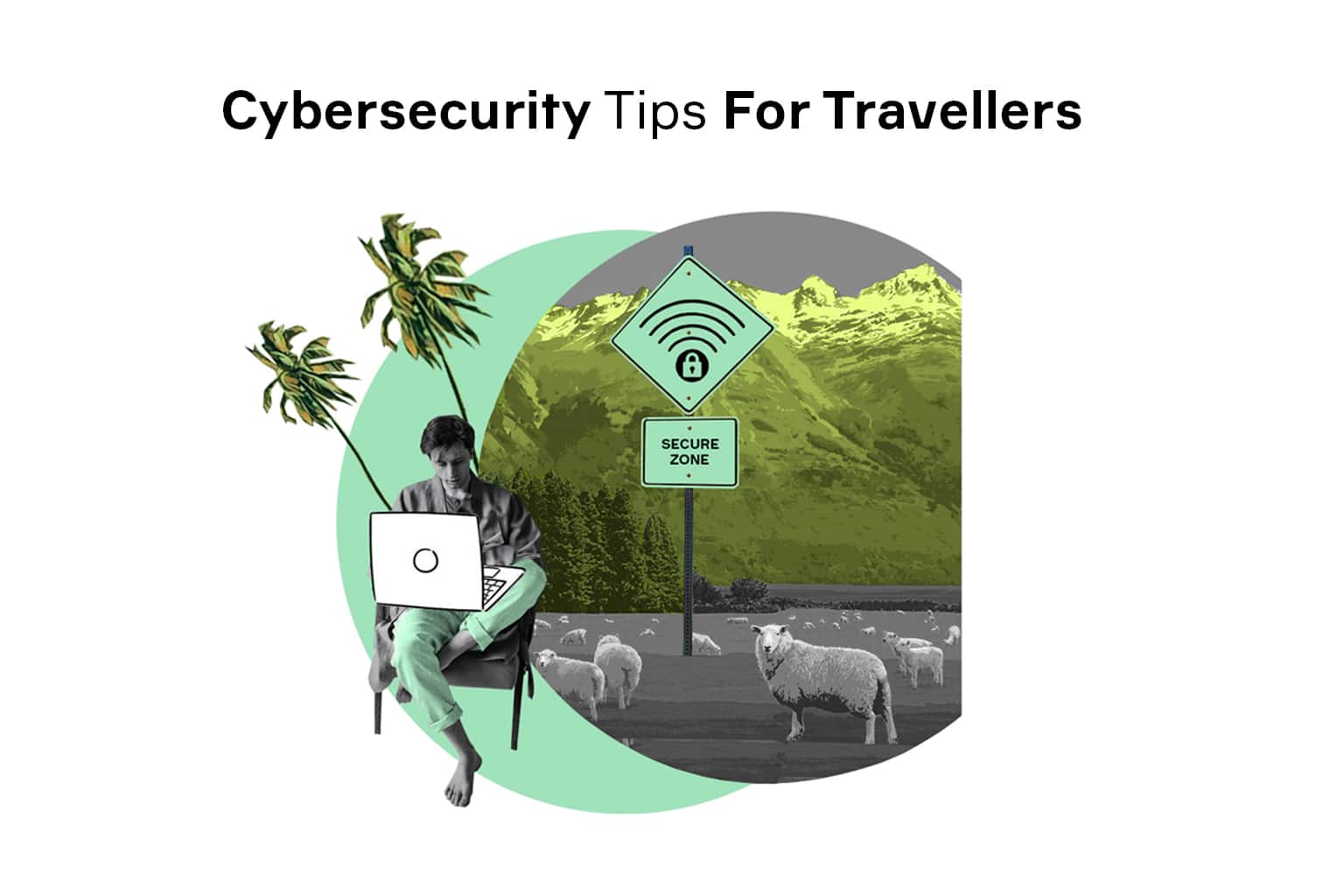
In the face of the COVID-19 outbreak, the demand for remote healthcare delivery has elevated to unprecedented levels. Fortunately, we already have the technology that can resolve both problems while also making healthcare safer, cheaper, and more enjoyable. That’s the optimistic version, at least. While the implications of telemedicine suggest it is here to stay, the adoption will not be as smooth as we like to think.
Telemedicine
Contrary to popular perception, the concept of telemedicine isn’t new. In fact, every major breakthrough in communication, including telephone and radio, was followed by attempts to integrate it into healthcare. However, in the public consciousness, it was put on the map after the advent of affordable, high-speed Internet. To seasoned Internet users, its main appeal is convenience. However, there are numerous other benefits of its adoption:
- Better access to care for the elderly, people with disabilities
- Privacy of medical services
- Security of sensitive information
- Lowered costs of services and load on providers
- Safety from exposure to infection
These advantages, coupled with the increasing popularity of smart devices, has led to impressive growth in recent years. By 2019, the adoption of telehealth in hospitals has gone up to 76% from 35% in 2010. On top of that, experts have been fairly optimistic about the state of the market, predicting growth from $34 billion in 2018 to over $185 billion in 2026. By all accounts, telemedicine looks like it is here to stay.
COVID-19: The Game-Changer
Despite its advantages, up until early 2020, telemedicine was viewed as a favorable shift in healthcare rather than an essential paradigm shift. With the onset of the COVID-19 pandemic, the need for reliable and accessible remote delivery of healthcare was apparent. The same was true for other essential services such as education, which felt the need to adopt the distance learning model.
So it should come as no surprise that telehealth saw a dramatic gain in popularity. Surveys indicate that 74% of patients report high satisfaction from using remote health services and support further development of the technology. The same can be said about healthcare providers: 57% of them have become more favorable about the use of telehealth after exposure to COVID-19, and 64% are more open to the idea of working remotely.
Finally, there was a notable shift in healthcare policies to streamline the adoption. Regulatory and insurance organizations have been lifting restrictions on virtual care for the majority of 2020, making the regulatory landscape more welcoming towards virtual services. In other words, telemedicine has been advancing in strides for the last months.
Still A Long Way to Go
With such incredible potential and even more incredible promises of things to come, one would be justified to assume that telemedicine is the future of healthcare. That is, until one looks behind the shiny facade and discovers that its victorious march is far from unhindered. In fact, there are still many issues that stand in the way of telehealth:
- Fragmented implementation: not all providers are equipped for the shift
- Absence of standards of care: no way to ensure consistent quality of service between providers;
- Unfamiliar regulatory environment: in the absence of telehealth vendors reimbursement becomes challenging;
- Lack of awareness: patients may not know how to use the services or whether they are available to them at all;
- Lack of support from insurers: providers are expected to demonstrate their capacity for adequate service delivery.
As can be seen, the majority of barriers stem from the same root as most of the benefits above – the reliance on digital technology. Perhaps the most obvious one is that of cybersecurity. Since all sensitive information, like medical records, will be stored online, it becomes susceptible to all threats associated with it and would require a decent level of cyber hygiene. And, because the demographic of healthcare facilities is much more diverse than that of an average social network, achieving an adequate level of awareness on the level of the population would require substantial investment in digital literacy campaigns.
The same goes for the availability of technology. Some functions, like booking a visit to a doctor, can probably be accomplished with any connection. However, for remote consultation, you’ll probably want the fastest modem on the market. After all, the quality of the signal may determine the accuracy of the diagnosis. This may not sound like a serious issue to those living in the U.S., but the situation is far less favorable in other regions of the world, where many people have no Internet connection whatsoever. Switching to remote health delivery will essentially leave these people out.
Final Words
Telemedicine ticks all the boxes of a fashionable and overhyped trend. It relies on smart technology and the Internet, exhibits rapid growth, and promises benefits that are almost too good to be true. However, it also has a nice track record of successful adoption and approval from both patients and healthcare providers, which adds credibility to the idea. However, moving away from an attractive concept and into the real world also means it has to deal with real-world challenges. Simply put, the trend definitely has the potential to last–as long as we are up to the challenge.
Originally published at www.iotforall.com



